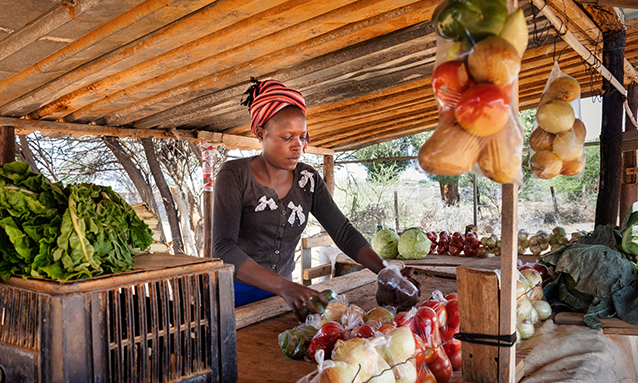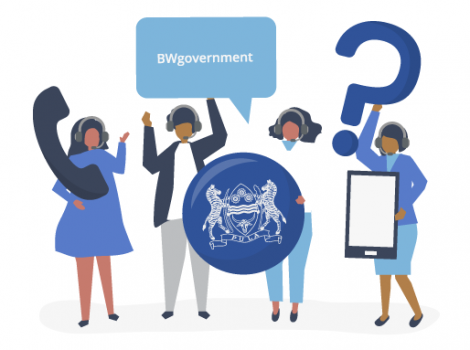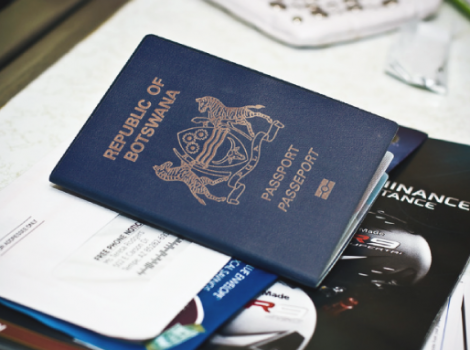
The level of inequality and poverty in Botswana may be worse than initially assumed by the country’s scholars and development partners – a new report suggests.
Scholars and development partners, among them the United Nations (UN, have been grappling with the question of whether or not Batswana’s quality of life is changing – for better or worse. Last year, The United Nations (UN) blasted Botswana’s socio-economic investments and human rights record citing what it calls the country’s “painful extremes.”
UN Botswana country coordinator, Zia Choudhury took the lead in voicing the criticism in a new report undertaken by the United Nations Country Team (UNCT) in collaboration with the Government of Botswana, other development partners and stakeholders. In a strongly worded foreword to the report, Choudhury noted:
“For a well-endowed country, with peaceful democracy, low levels of corruption and a high level of socio-economic investments in tackling poverty, Botswana remains a country of painful extremes.”
Revelations in a new report by a research fellow at the Botswana Institute for Development Policy Analysis (BIDPA) Khauefelo Lekobane titled “Leaving No One Behind: An Individual‑Level Approach to Measuring Multidimensional Poverty in Botswana” shows that the figure is higher than the surface suggests.
“The results reveal that an estimated 46.2% of individuals are considered multi-dimensionally poor based on individual-level analysis. This figure is higher than the household-level estimate of 36.5%, which indicates that using the household as a unit of analysis leads to underestimating poverty levels in Botswana,” the report says.
It found that “46.2% of the population in Botswana can be considered to be multi-dimensionally poor.” The report further shows that “the incidence of multidimensional poverty in Botswana remains a substantial problem.” According to the report, “multidimensional poverty intensity is estimated at 47.4%, meaning, on average, individuals are simultaneously deprived in at least eleven (11) out of the twenty-four (24) indicators considered.”
It says despite the significant progress in monetary poverty, Botswana has not had an equally impressive record on other key indicators such as unemployment, especially among the youth, rising inequalities, increasing HIV/AIDS prevalence rates and child malnutrition. This indicates that Botswana has not successfully transformed national wealth into improvements in wellbeing for its citizens.
“This study contributes to the limited literature on individual-level multidimensional poverty measurement. Empirically, this study offers the first attempt to estimate a nationally relevant and context-specific multidimensional poverty index for Botswana using the individual as a unit of analysis,” Lekobane explained.
Some of the findings of the study reveal a wide disparity in poverty levels. Says the study, “Individuals from the poorest households (bottom quintile) exhibited the highest multidimensional poverty levels.” The results confirm that household level measure underestimate poverty levels of the population.
“The results point towards a U-shaped relationship between age and multidimensional poverty, while the results based on individual measure reveal a positive linear relationship,” the report says.
Empirically, Lekobane said his study deepened the understanding of poverty in Botswana by providing a detailed analysis and data disaggregation in line with the LNOB principle. Leave no one behind’ (LNOB) is a commitment made by United Nations (UN) Member States to eradicate poverty, reduce inequalities and end discrimination. The results reveal that an estimated 46.2% of individuals are considered multi-dimensionally poor based on individual-level analysis.
“This figure is higher than the household-level estimate of 36.5%, which indicates that using the household as a unit of analysis leads to underestimating poverty levels in Botswana,” the report says. The results also show that, on average, the multi-dimensionally poor are deprived in 47.4% of all indicators under consideration.
“This finding indicates that multidimensional poverty intensity is also a considerable concern in Botswana. The extent and nature of multi-dimensional poverty varies significantly across different subgroups of the population,” the report says.
It says in Botswana, those left behind are mostly older persons and persons with disabilities. Significant disparities are observed across geography, with some districts such as Ngamiland West and Kweneng West recording the highest poverty levels. The analysis is disaggregated by different demographic characteristics to identify those left behind.
“The results reveal that poverty levels are almost equal for males and females, with females slightly worse off than males. With respect to age, poverty levels vary significantly and increase with an increase in age. Older persons exhibit higher levels of multidimensional poverty compared to other age groups,” the report says.
The report explained that the Leave No One Behind principle is at the core of the 2030 Agenda for sustainable development and acknowledges that poverty is multidimensional and should be examined at individual level.
“Notwithstanding this, most empirical studies use the household as the unit of analysis for multidimensional poverty measurement. However, estimation of poverty levels at household-level underestimates poverty levels of the society and does not capture intra-household inequalities,” the report says.
Therefore, the objective of the study is two-fold: developing a country-specific individual-level multidimensional poverty measure and providing estimates of multidimensional poverty for Botswana. The study concludes that mining plays a vital role in socio-economic development, as evidenced by lower multidimensional poverty levels in mining towns.
“However, whether mining contributes to socio-economic development for all is not clear-cut. Concerning tourism, the study concludes that it is not clear-cut that tourism plays an essential role in the socio-economic development of ordinary citizens,” the study says.
Citing Ngamiland West, the study says despite being rich in natural resources and providing some of the best tourist attraction places in the country, the area recorded the highest poverty levels.
“Therefore, the Government of Botswana should put in place more inclusive tourism policies that will benefit communities living in areas with rich natural resources to leave no one behind,” the report says.
Source: https://www.sundaystandard.info/botswana-still-country-of-painful-extremes-un/




Painful extremes indeed….. it would be interesting to see the highlights of the other extreme.